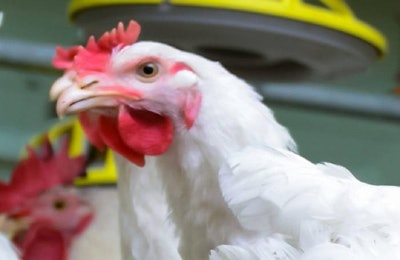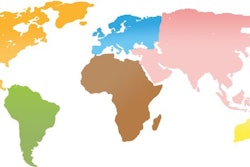
Despite a sharp rise in retail chicken prices in Spain, the nation’s poultry farmers are struggling to overcome a sharp rise in production costs.
So serious has the economic situation become that one poultry organization has warned of shortages of chicken in the country within the next few months.
According to the Union of Small Farmers and Ranchers, UPA, Spanish consumers are paying 35% more for their chicken than just a few months ago. However, the producers are receiving little of that increase. Profitability has dropped to the point where this type of farming has become unprofitable and unviable. Exacerbating the situation currently is a prolonged heatwaves, which requires extra ventilation to cool the birds and maintain their health and welfare. Some farmers are relying on loans to finance their everyday costs.
As a result of these conditions, UPA warns, Spain could face a shortage of domestic chicken supplies as early as October.
In order to ensure the future of this sector, UPA has called on the country large poultry companies to raise the rates they pay small-scale producers for their chickens. Simply in order to cover current costs, these need to be EUR0.55-0.60 (US$0.58-0.63) per bird, UPA estimates. Furthermore, it says, the requirement for these companies to cover production costs is covered under existing legislation.
Total losses by small farmers have already reached EUR32 million, UPA calculates. If no action is taken, it says the figure could be EUR75 million by the end of this year.
Furthermore, the UPA has called for insurance for poultry farmers to be made more affordable.
Rising inflation in Spain
Latest data put the overall inflation rate in the country at 8.7%, according to Spanish News Today. Compared to 12 months previously, retail chicken prices were up 13.6% in May.
According to experts, prices are unlikely to fall significantly before 2024.
Already in February of this year, the USDA Foreign Agricultural Service was forecasting an imminent end to Spain’s recent record of expansion in animal production.
At the time, FAS attributed this trend to rising production costs — for feed, electricity, and labor — as well as lower chicken meat exports. Official data indicate that average margins for Spain’s chicken producers had already been negative throughout most of the second and third quarters of 2021.
Vall poultry company acquires Sada
Earlier this month, it was announced that Nutreco has sold its Sada Group poultry operations to Vall Esquerda.
With annual sales of EUR350 million, Vall is Spain’s leading poultry company, according to Expansion. It is also the second-largest pig producer in Europe.
The same source reports that Madrid-based Sada was the third-largest producer of Spanish chicken, with sales of EUR239 million a year.
In Spain, Nutreco worked with contract farmers for poultry hatchery and broiler production though Trouw Nutrition, according to the group’s 2021 sustainability report.
In that year, Grupo Sada achieved Welfare Quality Certification for all its production farms. The company was also reported to be working to develop new value-added products. In line with the European Chicken Commitment and free-range certification, Sada was reducing its stocking rates and otherwise improving welfare conditions on its chicken farms.

















